Eastern Madagascar, Toamasina.
It is the second largest city in Madagascar after the capital Antananarivo and has the largest port in the country, making it a very lively city.
There is a zoological park operated by an international NGO here.
Let me introduce you to the Ivoloina Zoological Park.
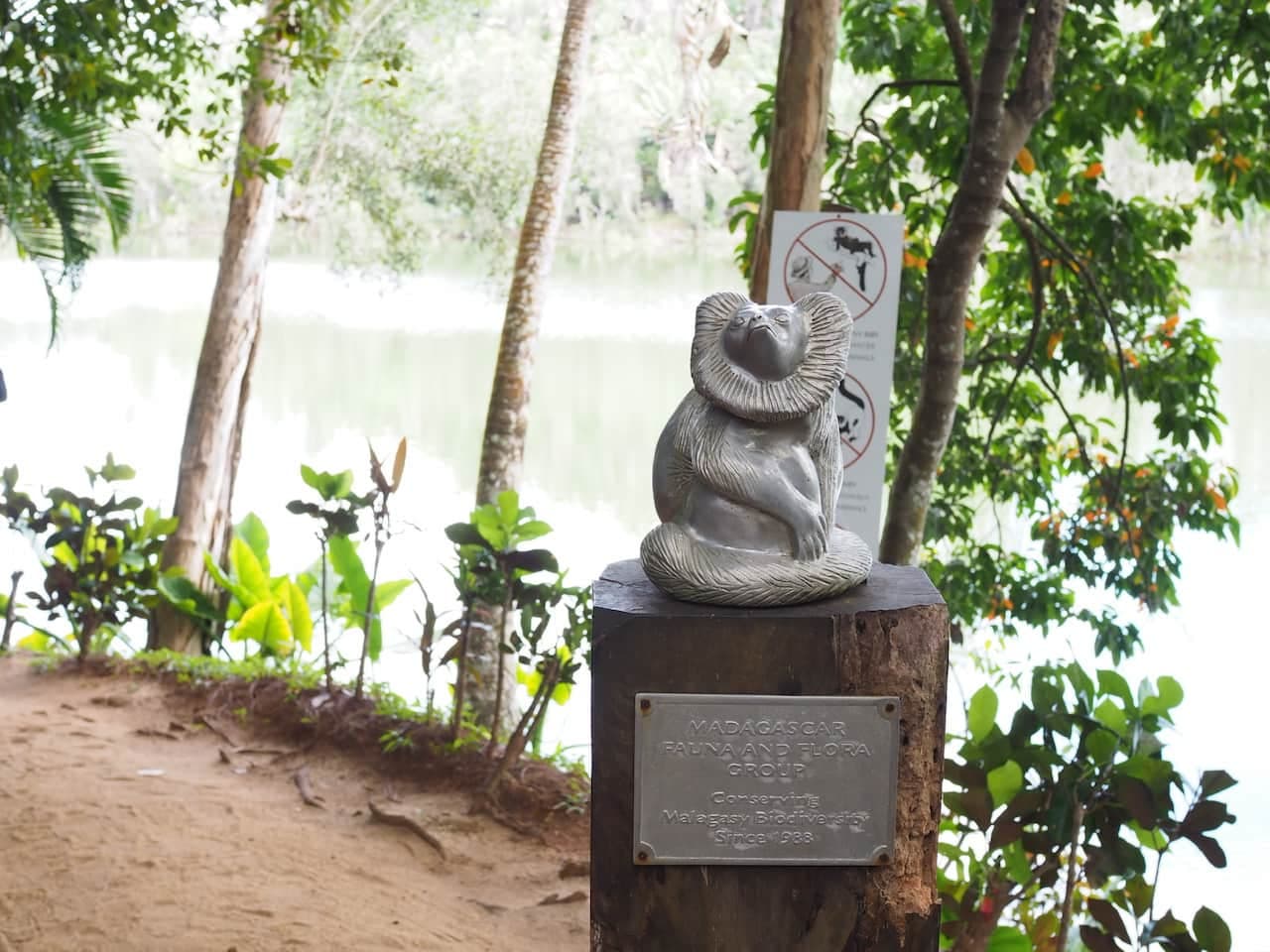
Life in Madagascar
About an hour's drive from Toamasina city in eastern Madagascar.
The Ivoloina Zoological Park is located beyond the town and through a village.
The village, a stark contrast to the bustling city, features stilt houses reminiscent of the Jomon period, where gravel processing seems to be the main livelihood.
People from children to the elderly are crushing stones.
As you pass through the village, witnessing the lifestyle of Madagascar, the zoological park comes into view. 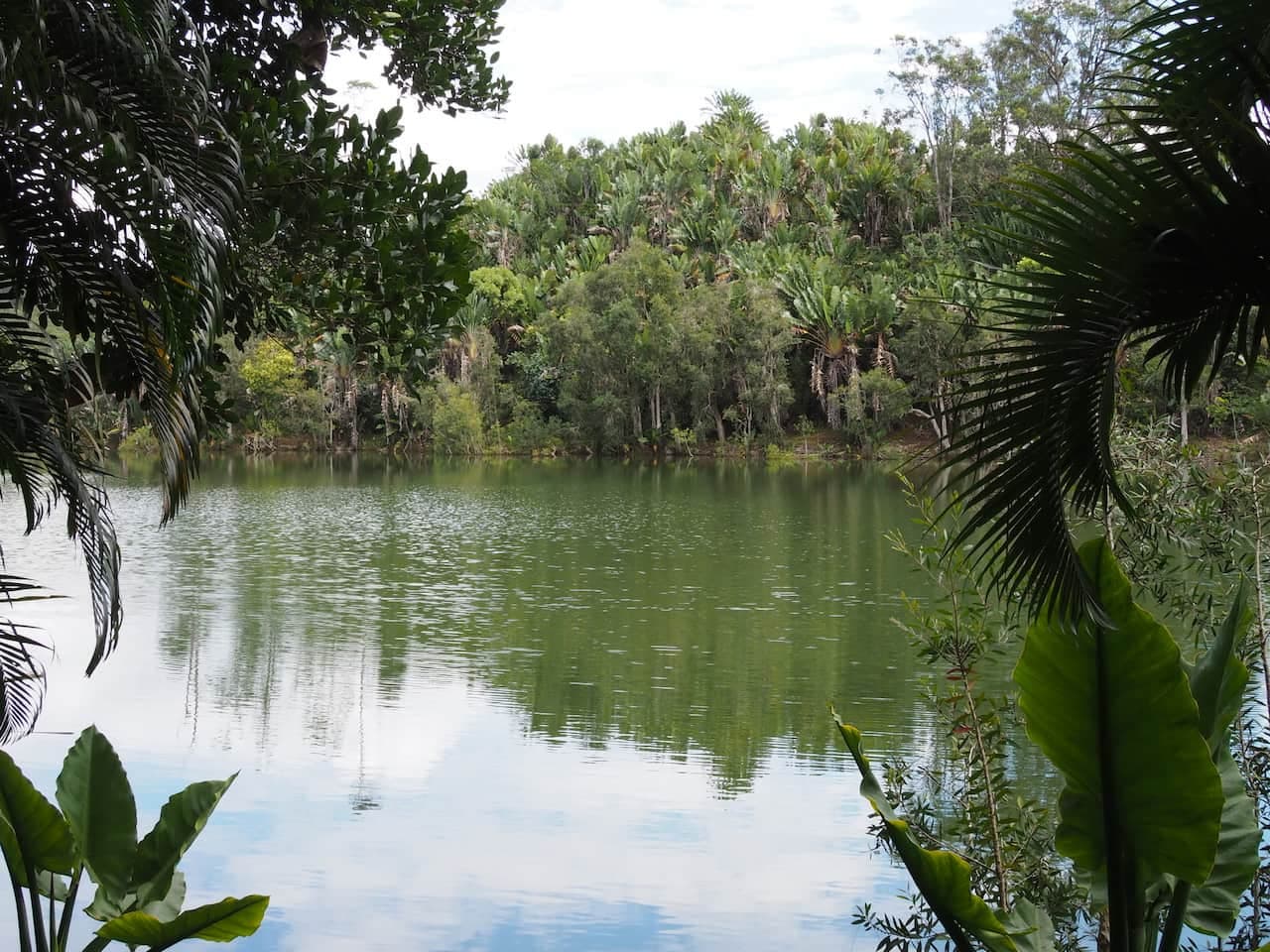
Park Ivoloina
The Ivoloina Zoological Park (Park Ivoloina) is operated by the Madagascar Fauna and Flora Group (MFG), an organization dedicated to the conservation of Madagascar's wildlife.
MFG is an international NGO aimed at conserving Madagascar's wildlife, working in collaboration with local communities, schools, and zoos to protect the country's precious flora and fauna.
Within the approximately 280-hectare grounds, there are not only a zoo but also forests for conservation research and facilities for environmental education.
You can explore on your own, but this time we requested a guide. 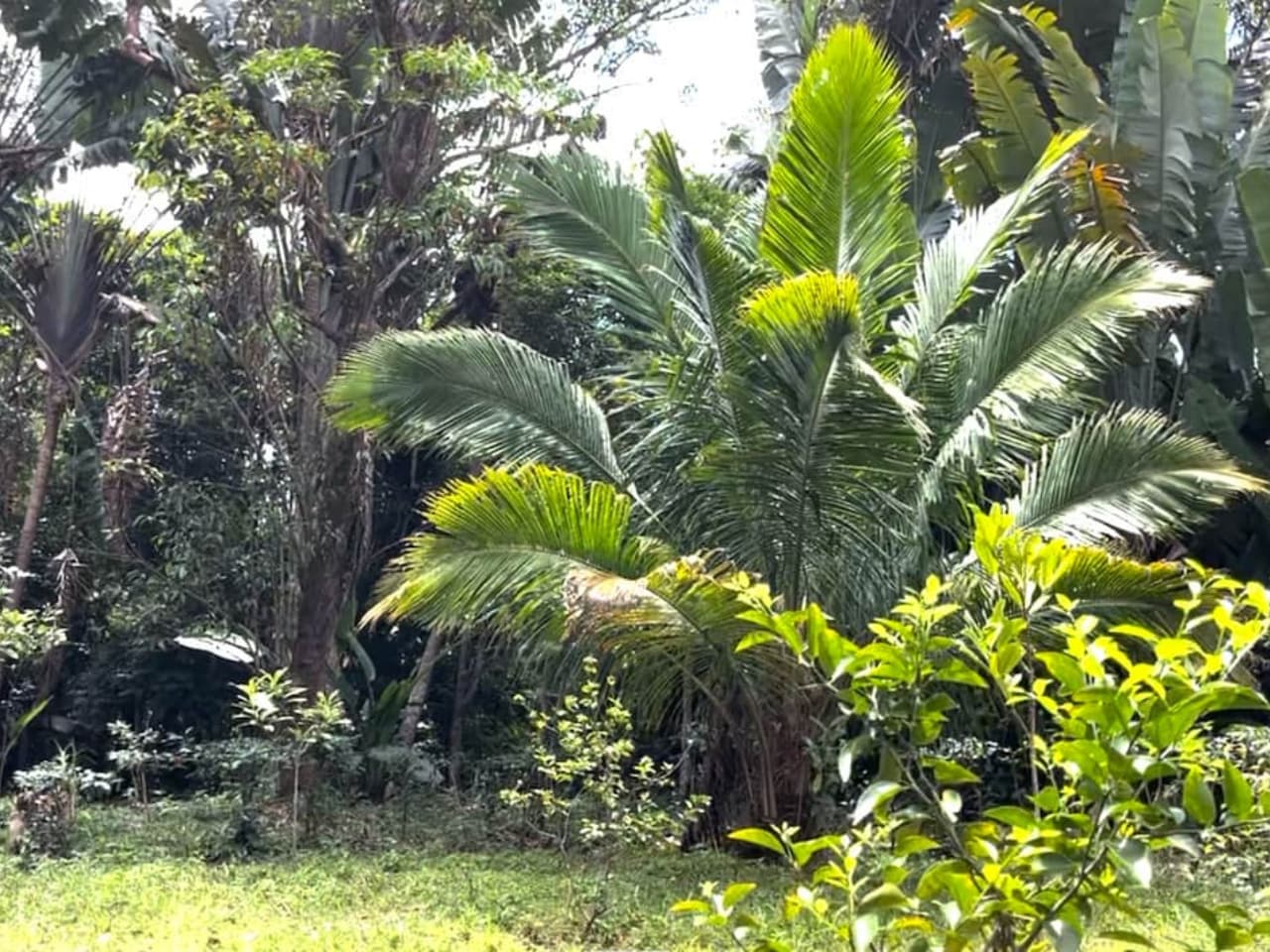
The tour was about to start! But first, the guide led us into the forest.
The guide brought clove leaves.
Madagascar is also famous as a producer of spices such as vanilla beans, cloves, and cinnamon, with many Madagascar-grown spices being imported to Japan. 
The creatures of Ivoloina Zoological Park
Casually looking at the trees, a moving shadow appeared. It's a lemur! 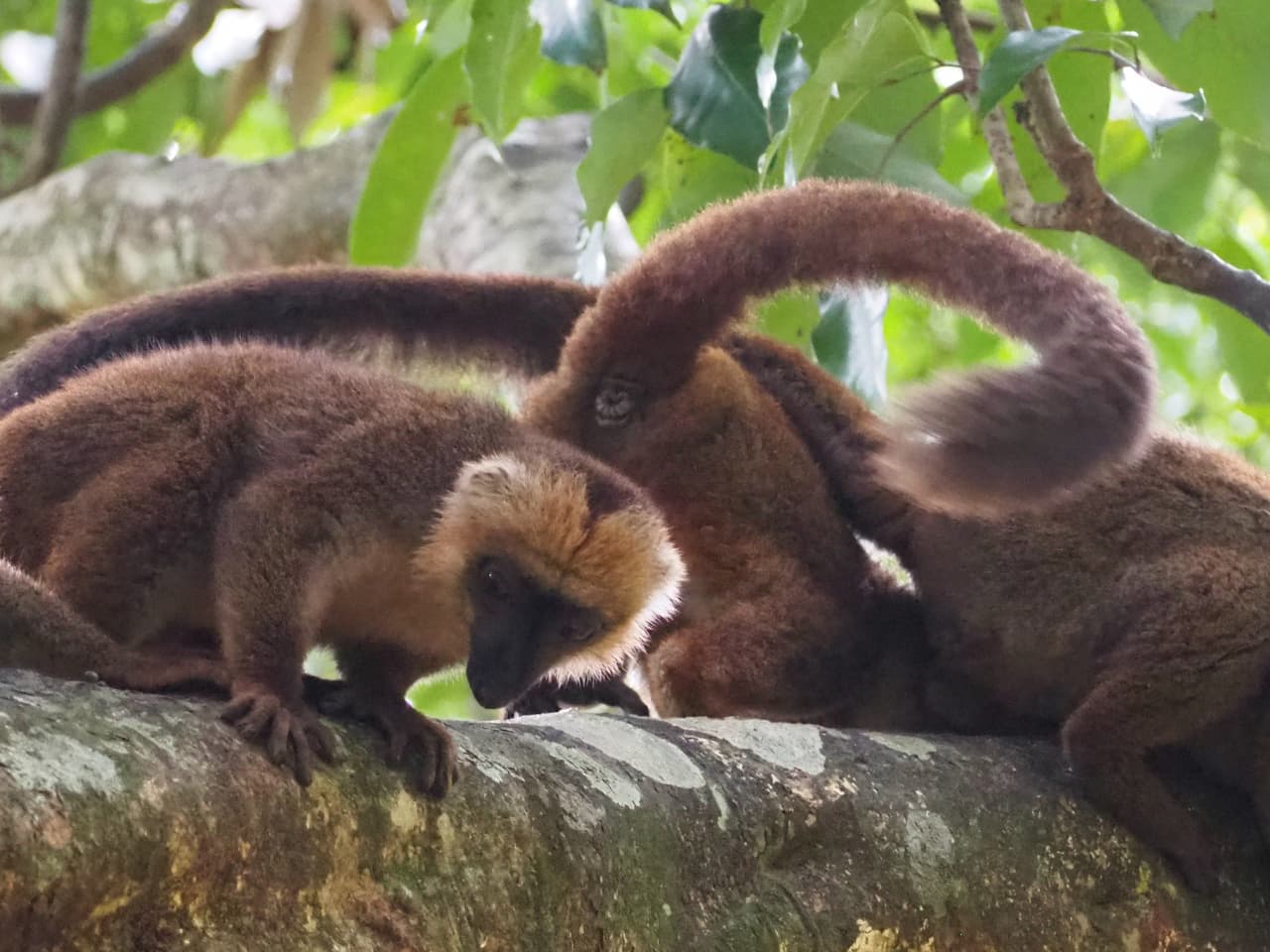
There are as many as 10 species of lemurs in the park. You can see a diverse and precious array of lemurs all at once.
Some lemurs are free-roaming, and watching them run freely around the park was exciting. 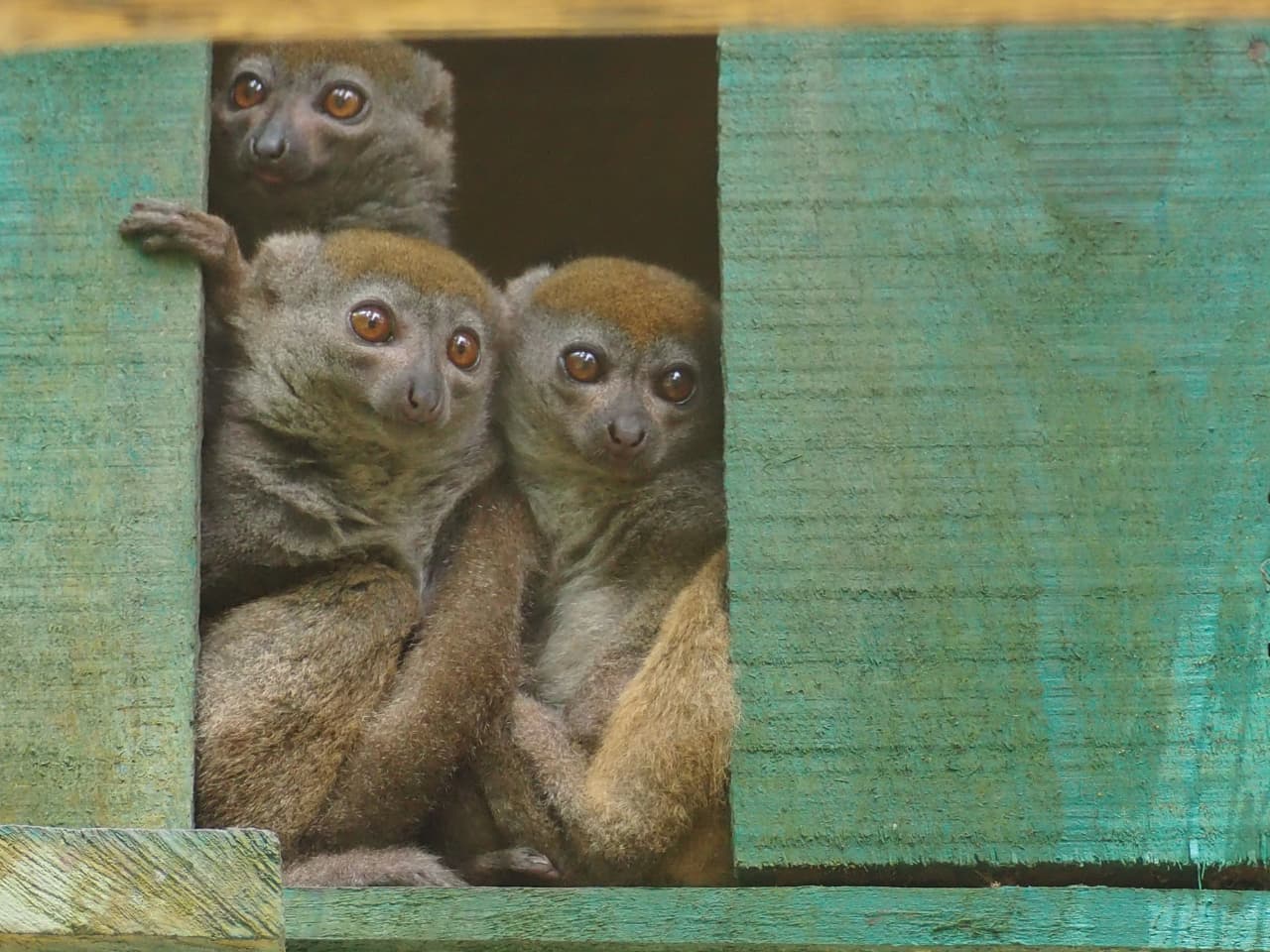
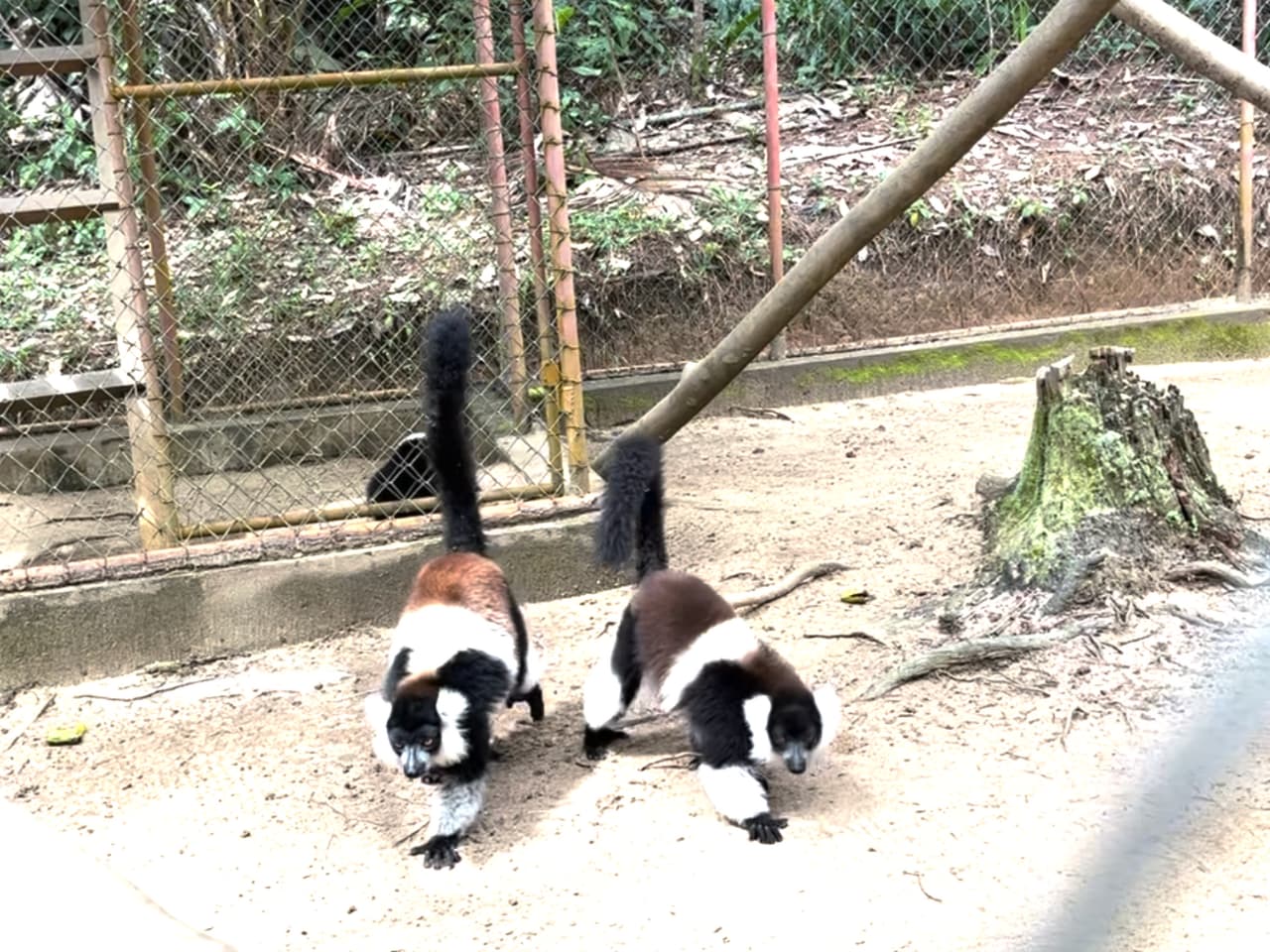
Of course, amphibians and reptiles are also on display.
They house unique Madagascar species such as snakes, tomato frogs, and panther chameleons.
I was particularly surprised by the number of radiated tortoises.
Due to their rarity, Madagascar's creatures are often illegally traded as pets.
This place also functions as a public facility to protect and care for such illegally kept pets.
There was also the famous aye-aye, but unfortunately, we couldn't see it this time as it is nocturnal.
In fact, the Ueno Zoo has partnered with MFG, and you can see the aye-aye there as well.
Additionally, at NIFREL in Osaka, eating vanilla ice cream contributes to MFG, making it a facility connected with several zoos in Japan.
It feels wonderful that Madagascar and Japan, so far apart, are connected through zoos.
A pleasant garden
There is also a lake within the park, where you can enjoy the serene lakeside scenery.
The grounds are quite extensive and relatively well-maintained for Madagascar, making it a pleasant place to spend time as a park.
This time, I only visited the zoo and botanical garden on a day trip, but it seems there are accommodations within the park, and you can also request a guide for forest trekking. 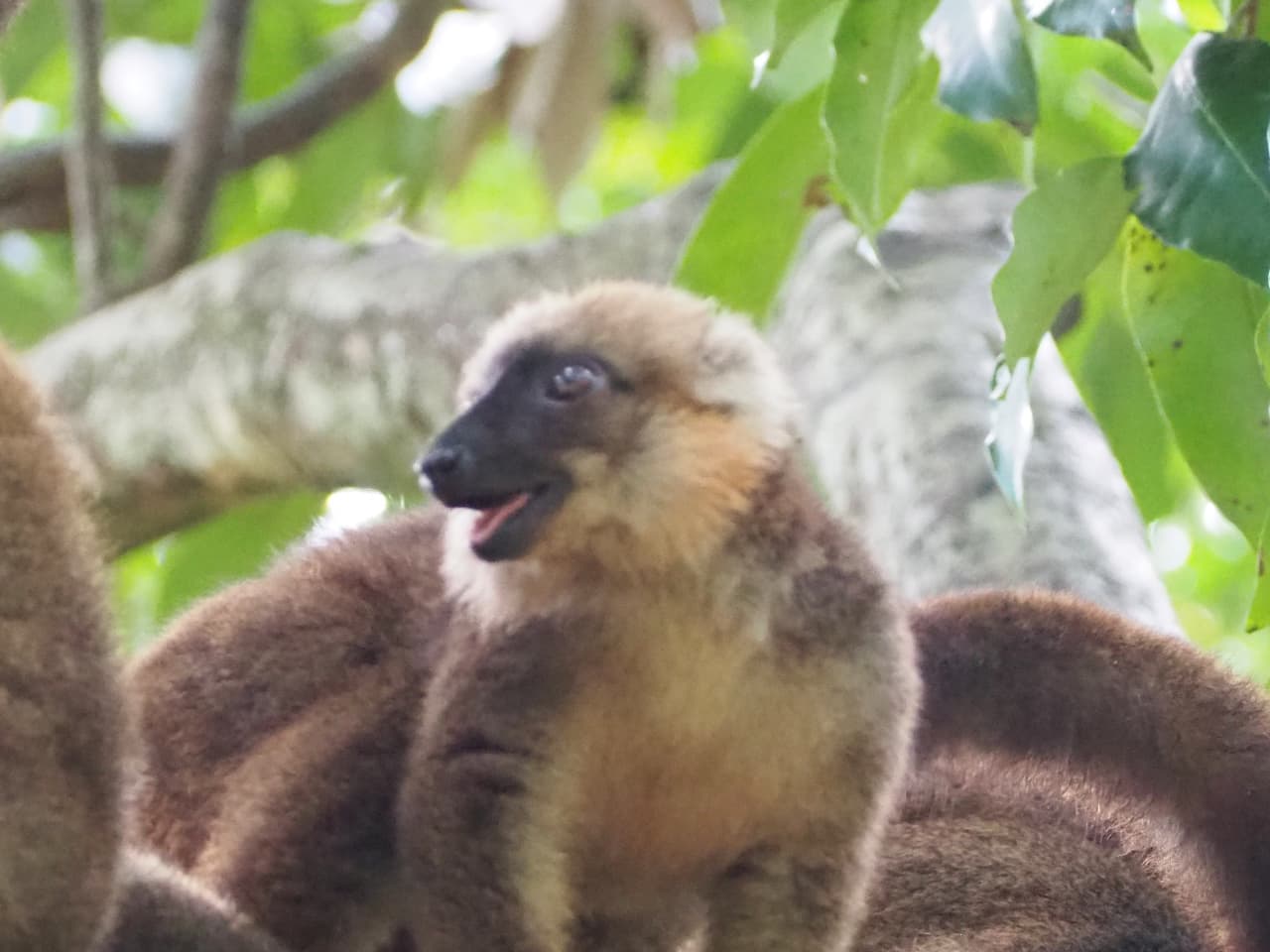
I think it's a great place to experience the history of Madagascar's wildlife and the allure of nature.
Please be sure to visit!
Writer
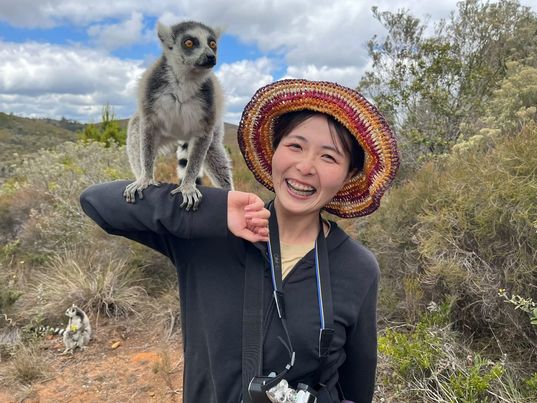
Zun
A traveler who loves nature and animals. My dream is to increase forests, the habitats of creatures, around the world. Moved by the beauty of wild animals, my first solo trip was to Komodo Island to see Komodo dragons. I love journeys that feel like new adventures.
